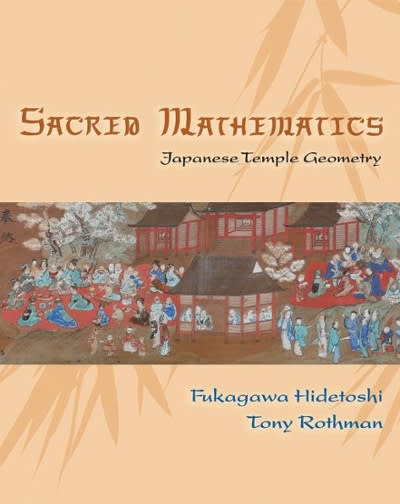1. What is the probability that one gets a card that is both face card and a spade in the example where you draw a card from a single deck. What is the event in this experiment? 2. Repeat 1, replacing "and" with "or". 3. You deal three face cards from a shuffled deck. What is the probability that the next card dealt is a face card? 4. You roll two dice. Find the probability of getting each of the totals 2, ... ,7. 5. You deal two hearts from a shuffled deck and 3 more cards of which there are two hearts and one non-heart. Find the probability that the next card will be a heart. 6. You are playing holdem and are dealt ace-king. What is the probability that the next card off the deck is either an ace or a king? 7. Write out a sentence that explains what the probability of an event means (without being circular-do not use words such as "chance", "likelyhood", "odds"). 8. The experiment is to flip 4 coins. Write out the sample space of 16 outcomes, e.g. { HHHH, HHHT, ...}. What is the explicit event corresponding to getting exactly 2 heads? What is the probability of getting exactly 2 heads? Expected Value Exercises: This is the second part of the two-part exercise set. 9. (a) The game is to flip a coin. If you get heads, you win two units, if tails, you lose a unit. Then let the random variable X be your win. Find the expected value # = E(X). (b) Next assume that the coin is not fair, say P(heads)= .49 and P(tails)= .51. Find E(X). 10. What is the expected value of a one dollar insurance bet from a six deck shoe. (There are 6(52) cards in the shoe, less the ace that the dealer has up) 11. What is the expected value of a one dollar insurance bet off the top from a single deck where you and your 2 neighbors all have small cards (total of 3 players and dealer ace up)? 12. Lottery. A lottery ticket costs 5 dollars. If you win, you are paid 11 million dollars plus you keep the original 5 dollars. The probability of winning is one out of a 1,000,000. What the expected value of the lottery (round to nearest cent)? 13. European Roulette is the same as American Roulette, but there is only one 0, as opposed to 0 and 00. So there the probability of winning a bet on a single number is 1/37 with payoff odds of 35:1. Find the expected value as a percentage of the amount bet. 14. Find the expected value of a "red" bet in American Roulette. Half the spots 1...36 are red and half of them are black. The 0 and 00 are neither red nor black.. You win a unit if you get red and lose a unit if you don't get red. 15. Suppose you bet one unit a roll two dice and you win 2 units if you get a total of 12 (your bet is returned) lose the one unit if you get. a total of 2, and push (tie) otherwise, Find the expected value of this bet







